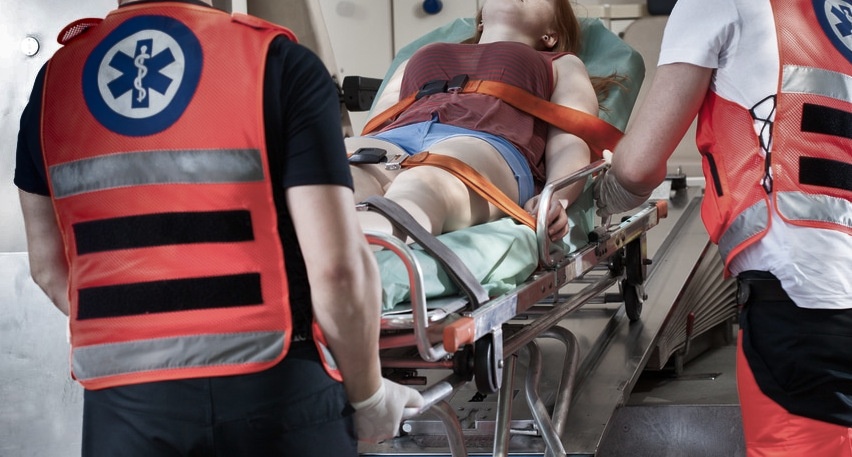
How to become a paramedic? Some tips on entry requirements in the UK
“How to become a paramedic?” is the question that many may ask. In the United Kingdom, the NHS set a page up to explain the entry requirements and training for paramedics.
In this article we are going to guide you into some steps that you must know if you want to know how to become a paramedic. Plus, there is additionally data on the budgetary help accessible for those learning at college.
How to become a paramedic? Different ways to study and qualify
In order to become a paramedic, you should be enrolled with the Health and Care Professions Council (HCPC). To enlist with the HCPC, you first need to effectively finish an endorsed capability in paramedic science.
There are various courses to contemplating and qualifying as a paramedic. You can take a full-time endorsed capability in paramedic science (for example at a college) and afterward apply to an emergency vehicle administration as a certified paramedicor. Or, you can become an understudy paramedic with a rescue vehicle administration and study while you work.
Otherwise, you can apply for a degree standard apprenticeship in paramedic science with an emergency vehicle administration trust.
University options
In order to obtain a diploma, a foundation degree, you need two or three A levels along with five GCSEs (grades A-C) including in science, English language and maths. Or, you need one of BTEC, HND or HNC which includes science subjects, relevant NVQ, science- or health-based access course, equivalent level Scottish or Irish qualifications.
To become a paramedic, you may likewise be required to have some applicable involvement with medical services or emergency treatment, voluntary or paid. It is a smart thought to invest some energy with an ambulance service.
Every college sets its own entrance prerequisites. Any place you study, you should show that you have a comprehension of crafted by a paramedic.
To become a paramedic, you have to know that courses take somewhere in the range of two and four years full time. They incorporate a blend of hypothesis and functional work incorporating arrangements with emergency vehicle administrations. These of course will help in having more experience with healthcare or first aid, either intentional or paid.
For the financial payments at university, the NHS can give you some support.
The student route
Understudy paramedics have to follow the entrance necessities of each ambulance service. They generally request at any rate five GCSEs, grade C or above, including English, maths and science, or equivalent academic qualification with a high level of health or science content.
Many students wish to enter and many of them have higher qualifications, so bear in mind that the entry to student paramedic schemes is very competitive.
Another important thing to bear in mind is that, employers also look for a good level of physical fitness and
two years of driving experience. The recruitment process often involves several stages and the majority of student paramedic schemes usually recruit from once or twice a year.
How to become a paramedic – Apprenticeship degree in paramedic science
In order to get onto a degree apprenticeship, you will need to apply for an apprentice position with a health care provider. You are likely to need to have some relevant experience, either voluntary or paid, whether you are applying for a full-time course, student paramedic position or degree apprenticeship. You can, for example, work as an emergency care assistant or volunteering with St John Ambulance or the British Red Cross.
Paramedic driving licence
Paramedics should also be ambulance drivers. When applying to an ambulance service trust as a student paramedic or once you are are fully qualified, the trust will expect you to have a full, manual driving licence.
To drive larger vehicles and carry passengers, and if you passed your test after 1996, you may need an extra driving qualification. Ambulance service trusts use vehicles of different sizes, so check carefully which classifications you need on your licence.
READ MORE
Ambulance safety standards by the English NHS trusts: base vehicle specifications
How to become an EMT in the United States? Educational steps
Top 5 Paramedic jobs in the UK, Philippines, Saudi Arabia and Spain
Paramedic students in the UK will get £5,000 yearly for their studies
Why are you a paramedic?
How Technology Disruption Is Changing The Future Of Healthcare


